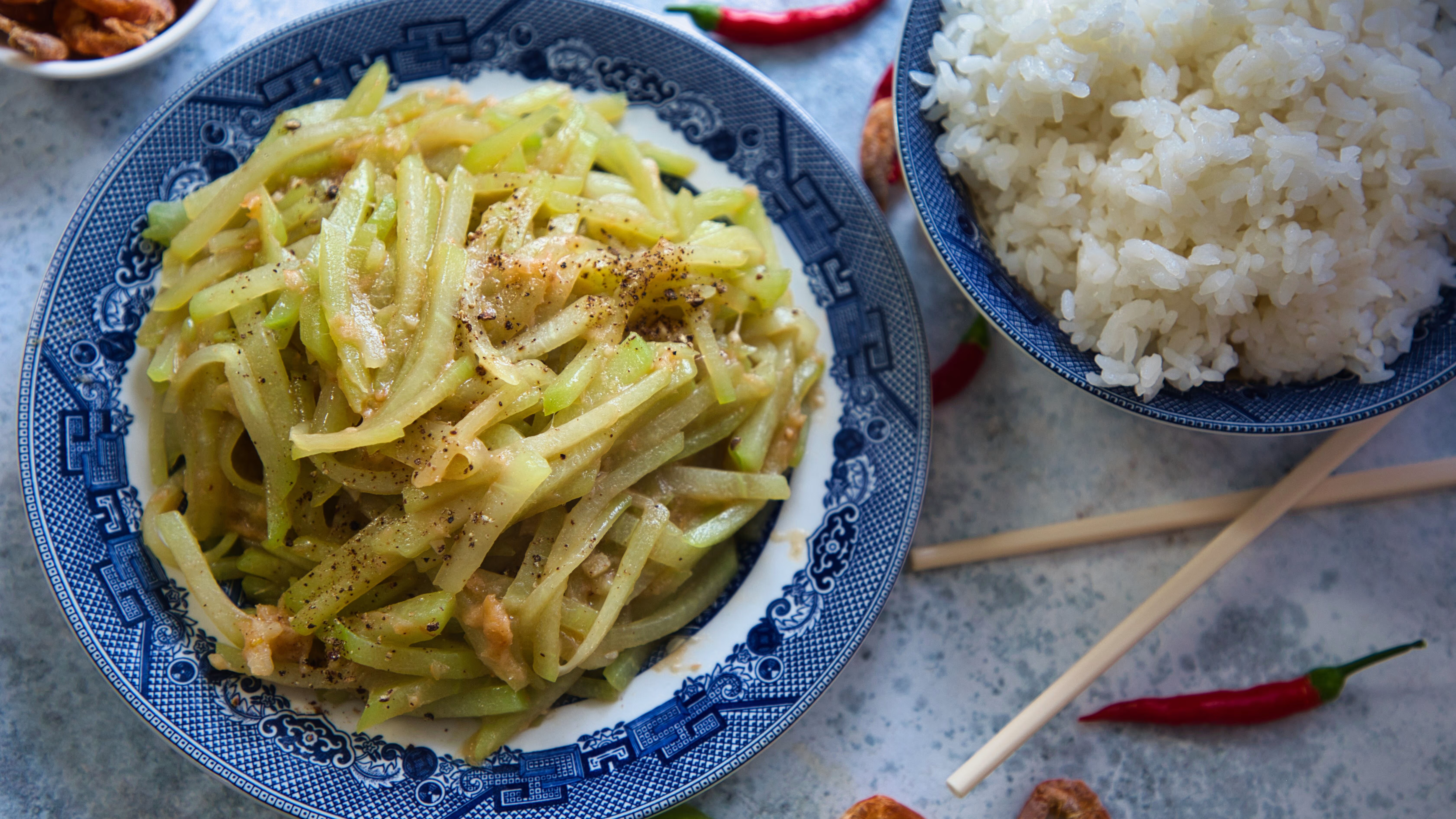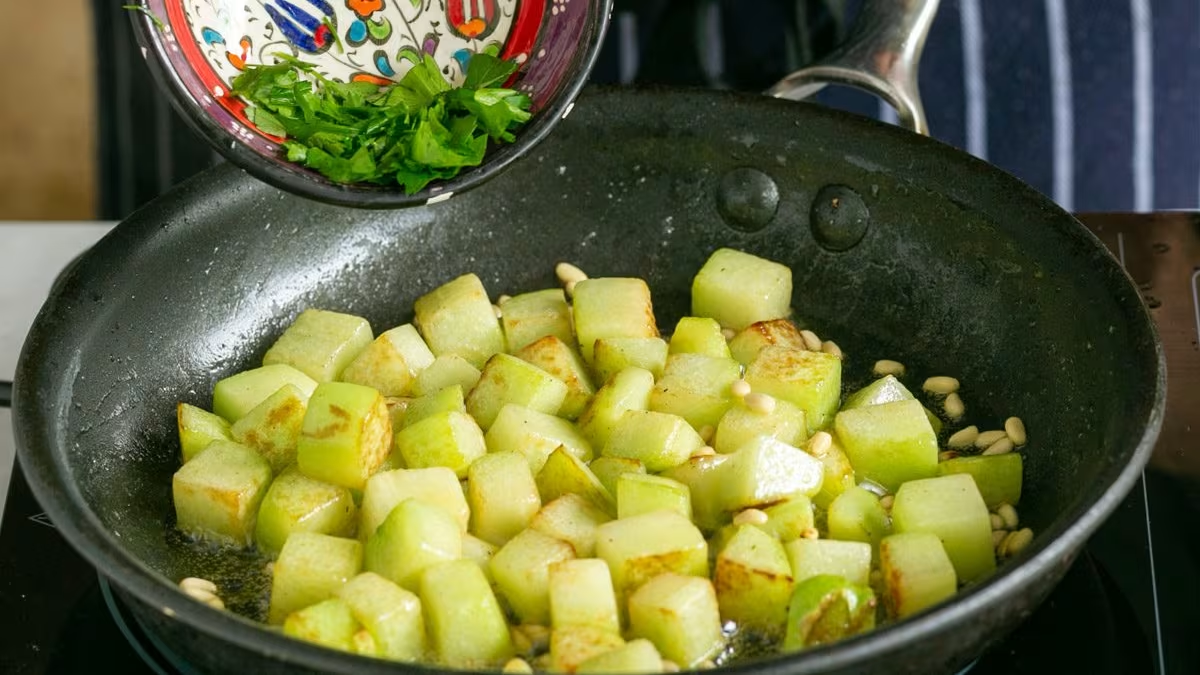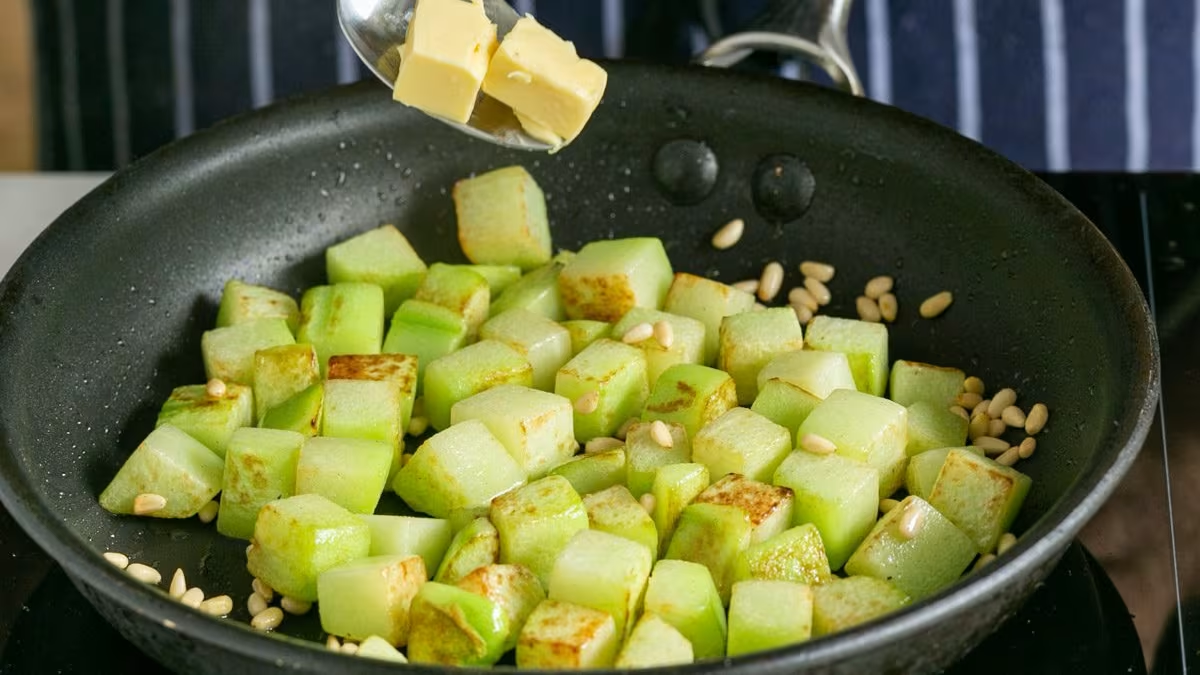
Delicious Vegetable Choko Recipes: Explore 5 Easy and Flavorful Dishes!
Written by Jessica Lopez
Published at 16-01-2024
Edited on 04/01/2025 | 05:23 AM
Vegetarian RecipesCourse: Main Course
Cuisine: Mexican
Difficulty: Easy
Servings
4 servings
Prep Time
15 minutes
Cooking Time
20 minutes
Total Time
35 minutes
Fat
7g
Protein
3g
Carbs
15g
Calories
150 kcal
Are you looking to add a nutritious twist to your meals? Look no further than vegetable choko recipes! Choko, also known as chayote, is a versatile and delicious green vegetable that can elevate your culinary creations. Packed with vitamins, minerals, and fiber, choko is an excellent choice for anyone seeking a healthy diet. Its mild flavor and crisp texture make it the perfect canvas for various seasonings and cooking techniques. Whether you’re vegan, vegetarian, or simply trying to incorporate more plant-based meals into your diet, choko can easily adapt to your needs.
From stir-fries to soups, salads to casseroles, the possibilities are endless with this fantastic vegetable. Plus, it’s low in calories, making it an ideal ingredient for those watching their waistline. In this blog post, we’ll explore a variety of easy and flavorful vegetable choko recipes that anyone can try at home.
You’ll discover how to prepare choko in different ways, ensuring that you never get bored with this nutritious veggie. Not only will you learn new cooking techniques, but you’ll also impress your friends and family with your culinary skills. Get ready to dive into the world of vegetable choko! With its unique texture and adaptability, you’ll be amazed at how this humble vegetable can transform your meals.
So grab your apron and let’s get cooking with these delicious vegetable choko recipes that are sure to please everyone at the table!.


